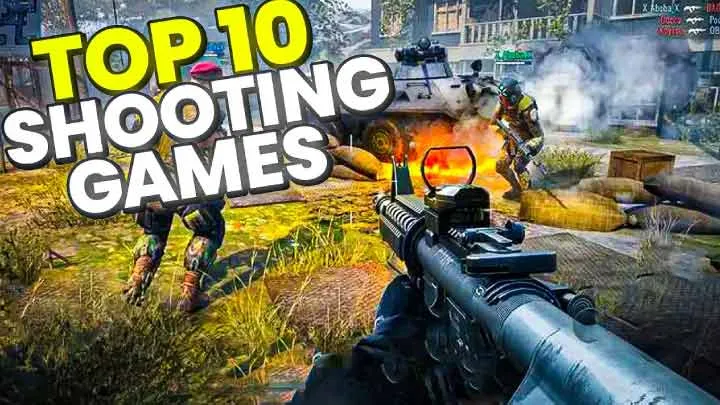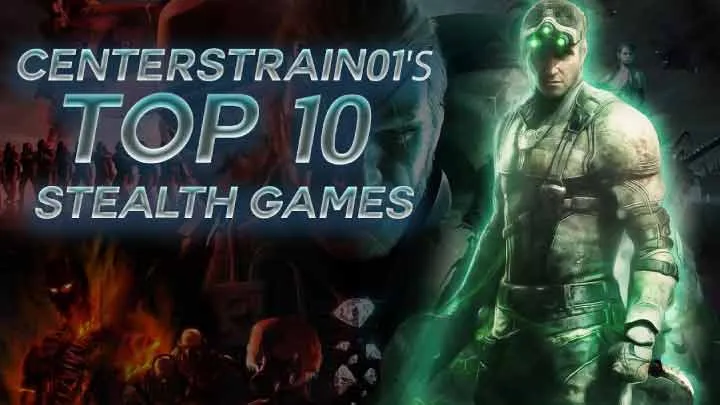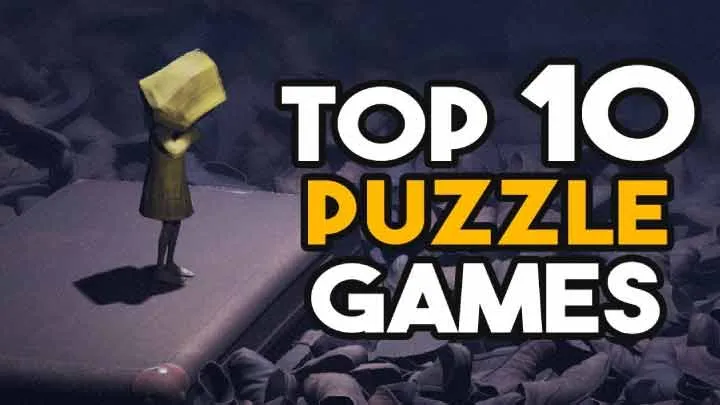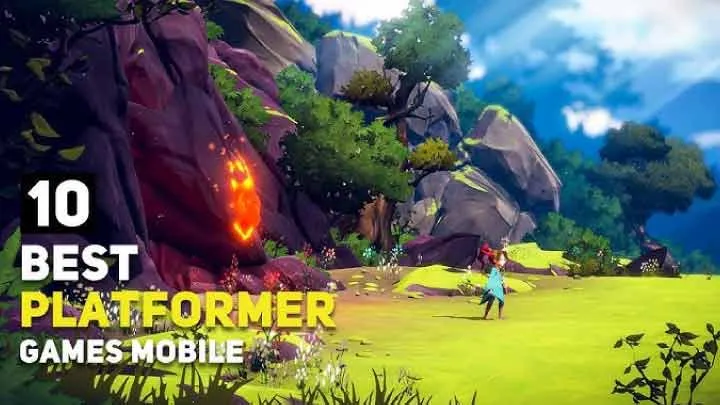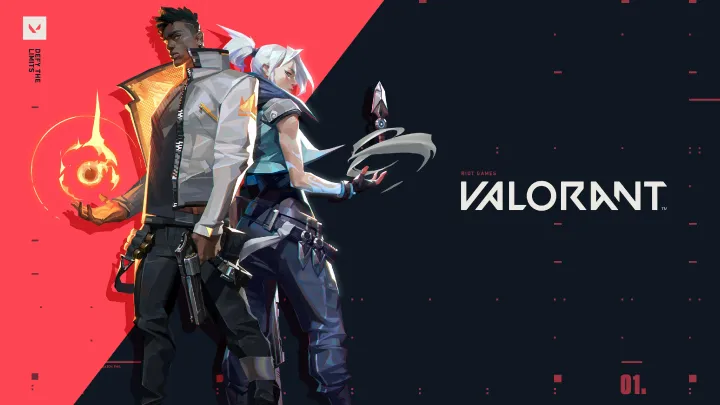Resource management is often the invisible backbone of strategy games, dictating the pace, strength, and survival of players. In Hero’s Land, a blockchain-powered MMORPG, the issue of resource distribution and economic imbalance has become one of the game’s most defining and debated challenges. Unlike surface-level reviews that focus on character builds or PvP skirmishes, this article will examine how resource scarcity, trading systems, and in-game economy mechanics create both opportunity and conflict within Hero’s Land.
By exploring the problem in a structured timeline, from early game to long-term progression, this article provides a comprehensive look at why resource management in Hero’s Land isn’t just about gathering materials but about shaping the future of the player-driven world.
The Early Game Struggle: Establishing Foundations
At the start of Hero’s Land, players are introduced to a vast landscape rich in potential but deceptively resource-starved. Essential items such as wood, stone, and food serve as the cornerstones of survival. Yet their distribution is uneven across regions, forcing new players into early conflicts or uneasy cooperation.
Many newcomers report difficulty balancing the need to level up heroes with the constant drain of resources required to sustain them. Unlike in casual MMOs, where low-level resources are abundant, Hero’s Land deliberately limits them, setting the tone for an economy that demands long-term planning.
This scarcity leads to two behaviors: hoarding and opportunistic trading. Some players stockpile everything they can find, while others gamble on market fluctuations, creating mini-monopolies. The early game economy becomes a sandbox where the strongest negotiators, not just the strongest fighters, thrive.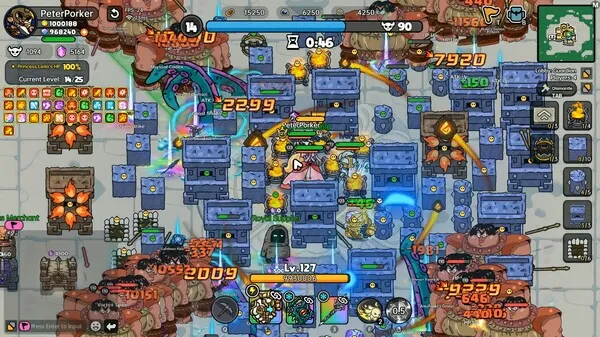
Mid-Game Expansion: The Rise of Alliances
As players progress, resource management becomes less about individual struggle and more about collective strategy. By the mid-game, guilds and alliances form out of necessity rather than social preference. Resources like iron and rare minerals are required for advanced upgrades, but solo players find it nearly impossible to acquire enough.
Alliances introduce a layered economy. Some guilds establish tax systems, requiring members to contribute a percentage of their gathered materials. Others run like corporations, buying low from members and selling high to outsiders. This mid-game period reveals the game’s deeper issue: the system rewards cooperation, but it also encourages exploitation.
For smaller alliances, the challenge is survival. Without strong territories, they often become vassals to larger guilds, paying tribute in exchange for protection. The economic ladder widens, cementing inequality between resource-rich guilds and resource-poor ones.
Advanced Play: The Resource Arms Race
Late-game players in Hero’s Land are not just adventurers—they are economic warlords. By this stage, castles, armies, and magical artifacts require rare resources such as mana crystals or dragon essence. These materials are limited to specific zones, which quickly become battlegrounds for control.
The result is an arms race. Alliances with early territorial advantage grow disproportionately stronger, locking others out of high-value zones. This dynamic mirrors real-world issues of resource exploitation, where power consolidates in the hands of a few.
For casual or solo players, this stage often feels like hitting a wall. Without access to critical resources, their progression slows dramatically. The imbalance becomes clear: Hero’s Land is less about personal heroism and more about economic dominance.
The Market System: A Double-Edged Sword
Hero’s Land introduces a dynamic marketplace where players can trade resources, gear, and heroes. In theory, this should balance inequality by letting resource-poor players purchase what they lack. In practice, however, the market is often manipulated by wealthier alliances.
Price Inflation
Rare items are artificially inflated, making them unattainable for most. For example, mana crystals might be hoarded and drip-fed into the market at inflated prices.
Exploitation of Casual Players
New or casual players who sell resources cheaply often find themselves exploited by wealthier players who later resell those same goods for massive profit.
Economic Cycles
The market becomes cyclical, swinging between shortages and overabundance, but always favoring the players with more initial capital.
The market system, while innovative, highlights the imbalance of economic power and the difficulty of achieving true fairness in a player-driven economy.
Farming vs. Fighting: Two Paths to Survival
One of the unique tensions in Hero’s Land is the choice between farming resources and engaging in combat. Players must decide whether to dedicate their heroes to production or war.
Farming Focus
Farming players can achieve steady progress but often become targets for raiding, as their resource-rich bases are vulnerable.
Combat Focus
Fighters who ignore farming rely heavily on looting or trading, but their progress can collapse if they fail to maintain dominance.
Hybrid Dilemma
Many attempt a hybrid approach, but spreading resources too thin leads to inefficiency, often leaving players lagging behind specialists.
This dual path creates a game of constant trade-offs, where every decision about hero allocation has long-term economic consequences.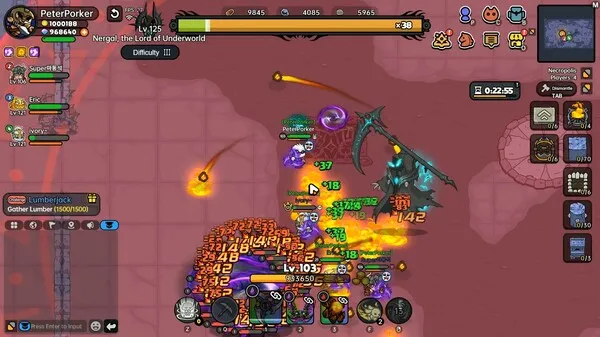
PvP and the Economics of War
War in Hero’s Land isn’t fought for honor—it’s fought for resources. Every raid, siege, or skirmish has an underlying economic motivation.
- Large-scale wars often erupt over territories rich in rare resources.
- Smaller skirmishes usually involve resource raids, targeting farming players.
- Diplomatic agreements between guilds often revolve around resource-sharing treaties.
The economics of war means that every battle is, at its core, about maintaining or disrupting resource pipelines. This creates a brutal but realistic dynamic, where diplomacy and economics are as important as combat strategy.
Long-Term Progression: The Wealth Gap
By late progression, Hero’s Land reveals its deepest issue: the growing wealth gap. Alliances that secured resources early on dominate the landscape, while others are locked into perpetual struggle.
This wealth gap has several effects:
- Monopoly Control: Dominant alliances set resource prices and restrict access.
- Player Attrition: Casual players often quit when progression feels unattainable.
- Stagnation: With fewer competitors, dominant groups become unchallenged, leading to boredom and reduced game activity.
This long-term imbalance challenges the sustainability of the game’s economy and raises questions about how developers can intervene without undermining the player-driven design.
Developer Interventions: Balancing the Scales
The developers of Hero’s Land have introduced patches aimed at addressing resource inequality. These include:
- Resource Redistribution: Adding smaller resource nodes across neglected regions.
- Market Regulations: Placing caps on certain items to prevent extreme inflation.
- Event Rewards: Providing temporary boosts to struggling players.
While these interventions help, they also reveal the delicate balance developers must maintain. Too much interference undermines the organic player-driven economy. Too little leads to unchecked inequality.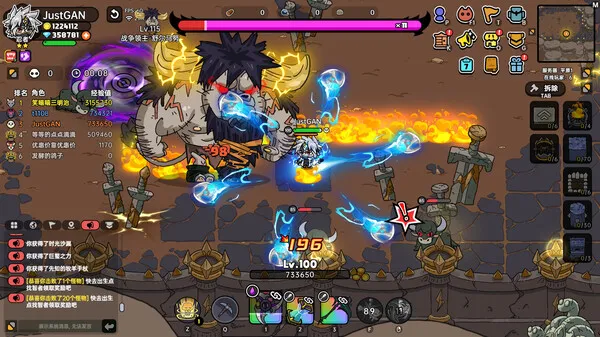
Community Solutions: Self-Governed Economies
Interestingly, many solutions come from the players themselves. Some alliances have established community-driven trading hubs where fair prices are enforced. Others create mentorship systems, teaching new players how to survive economically.
These grassroots efforts show that Hero’s Land is more than just a game; it’s a living experiment in decentralized governance. However, their success depends on trust, and not all players are willing to follow fair-play rules.
The Future of Resource Economy in Hero’s Land
Looking ahead, the resource issue in Hero’s Land is both its greatest strength and its Achilles’ heel. The depth of its economy creates endless layers of strategy and politics, but it also risks alienating newcomers.
The future likely depends on three factors:
- Developer Innovation: Can they refine the balance without removing player agency?
- Community Culture: Will alliances prioritize sustainable economies over exploitation?
- Player Retention: Can the game keep new players engaged despite early struggles?
The outcome of these factors will determine whether Hero’s Land becomes a case study in successful decentralized economies or collapses under its own imbalance.
Conclusion
Hero’s Land transforms resource management into a central narrative of survival, power, and politics. The scarcity and uneven distribution of resources create a layered economy where alliances, markets, and wars are shaped by economic necessity. Yet this depth comes at a cost: inequality, exploitation, and player frustration.
The issue of resources is not just a side mechanic but the heart of Hero’s Land. How developers and players address it will decide the game’s legacy—whether as a pioneering experiment in blockchain economies or as a cautionary tale of imbalance.








